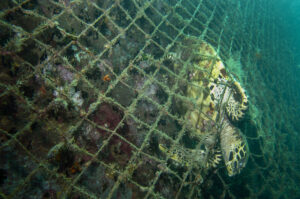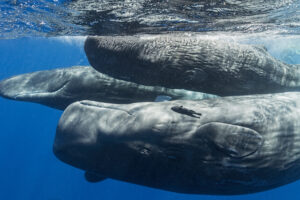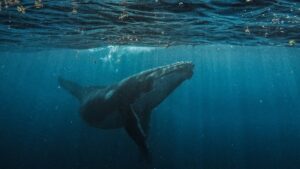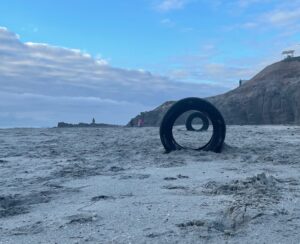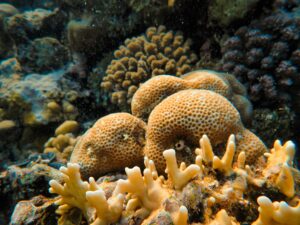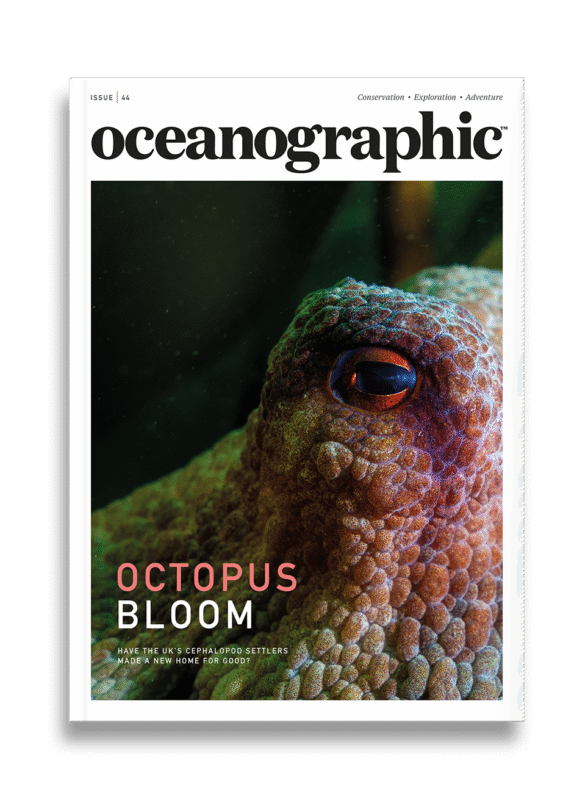Right whale feeding zone discovery sparks new protection call
Using new satellite tracking, scientists were able to locate and follow 25 New Zealand southern right whales - or tohorā - from the subantarctic Maungahuka/Auckland Islands as the whales travelled through the Southern Ocean.
The discovery of a key feeding location used by New Zealand southern right whales just 500 kilometres south of Australia has sparked calls for enhanced protection measures to be implemented across the region under the United Nations’ High Seas Treaty.
Using new satellite tracking, scientists were able to locate and follow 25 New Zealand southern right whales – or tohorā – from the subantarctic Maungahuka/Auckland Islands as the whales travelled through the Southern Ocean.
The study has now been published in the scientific journal Global Ecology and Conservation.
“It turned out that one destination was by far the most popular,” said Dr Leena Riekkola, a Rutherford Postdoctoral Fellow in the School of Biological Sciences and lead author of the research paper. “Ninety percent of the whales travelled to a zone south of Australia, rich in prey, where different waters converge.”
Understanding how marine predators explore dynamic ocean environments is key for assessing the ecological significance of different habitats and for informing conservation efforts. Protecting this swathe of the Southern Ocean would help extend the conservation success story of the New Zealand southern right whale. After dwindling to as few as 400 individuals early last century because of whaling, southern right whales now number around 15,000 globally.
“This work highlights why this region should be a marine protected area under the High Seas Treaty,” said Dr Emma Carroll, the senior author of the study. “Other animals like seabirds, sharks, and seals all rely on it, too.”
The High Seas Treaty – formally known as the Biodiversity Beyond National Jurisdiction Agreement – will let nations propose areas where fishing and other activities are limited. To date, 140 nations have signed the High Seas Treaty (a type of agreement in principle) and 54 have fully ratified the Treaty into their own law. Once 60 countries sign and ratify the Treaty, it will enter into full force, enabling stronger international efforts to protect our ocean, mitigate climate change, and safeguard the lives and livelihoods of billions of people around the world.
“Once ratified, this treaty could provide a way of protecting these critical feeding areas for whales, but also seabirds, seals, fish, and sharks,” said Riekkola.
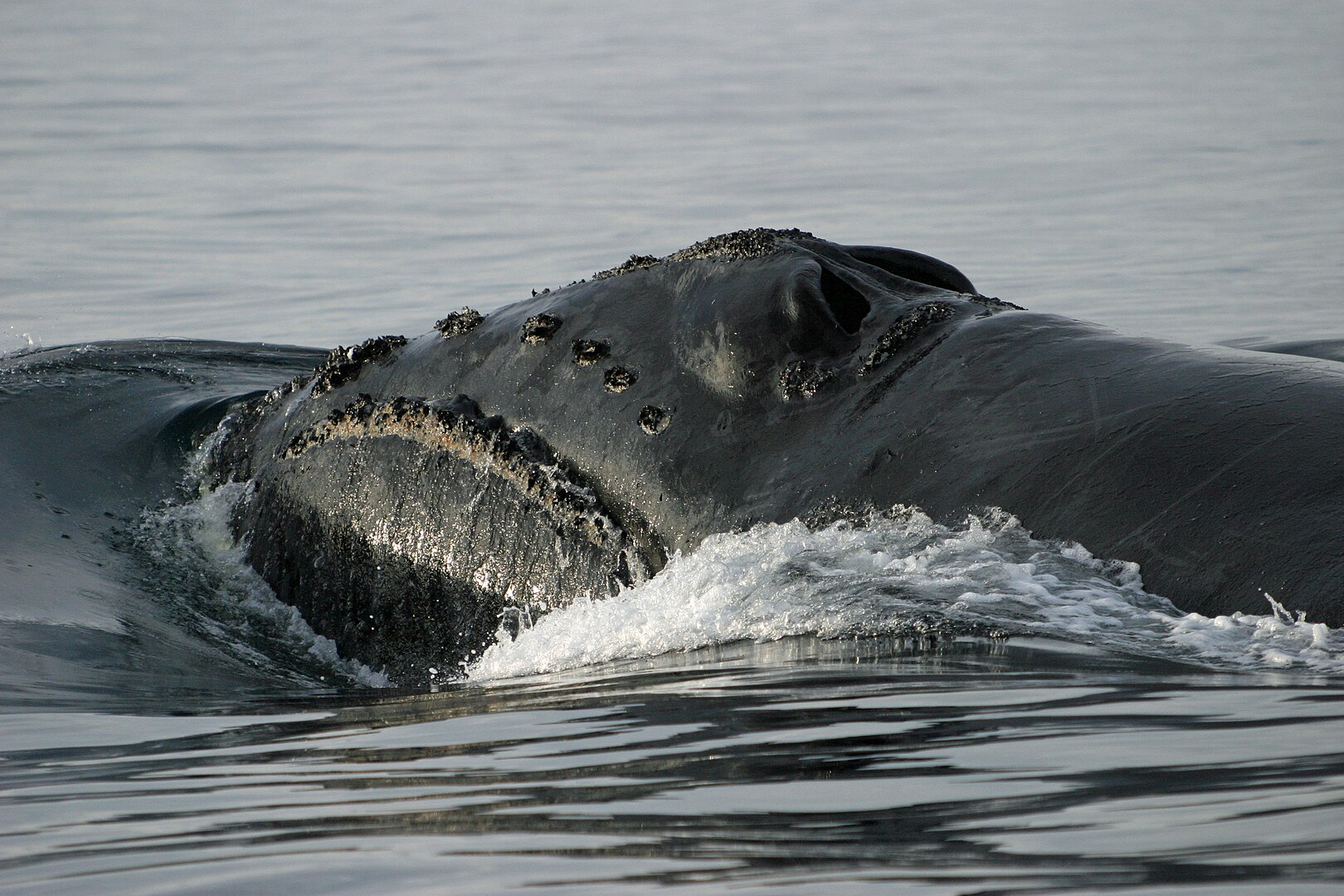
The area south of Australia stretches over 2,000 kilometres in an east-west direction and about 1,000 kilometres north-south, spanning key feeding areas near the Subtropical front – a boundary between warm, salty subtropical waters and cooler Antarctic waters. The zone is a destination for New Zealand southern right whales from October to January, while they spend winter at the Maunhaghuka/Auckland Islands.
Of the whales that were tracked through the duration of the study, 15 of them were found to have more diverse foraging grounds. Scientists are now considering the implications of this ability to diversify and whether these whales in particular will be better at adapting to the inevitable shifts in prey locations as climate change continues to impact and affect habitats.
“In the marine environment – where climate change is rapidly altering habitats, food webs, and prey availability, the ability to be flexible in foraging strategy or having access to multiple foraging habitats may improve foraging success and facilitate population-level climate resilience,” Riekkola said in the research paper.
“Understanding the diversity of foraging strategies, and the different environmental or social drivers that shape them could help us anticipate how different species and populations will respond to climate-driven changes in their foraging habitats.”


"*" indicates required fields
Printed editions
Current issue
Back issues
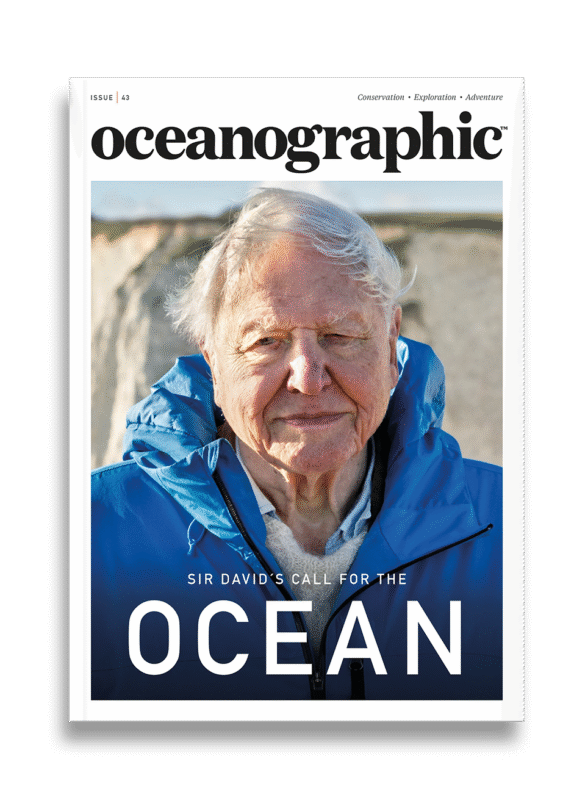
Back Issues
Issue 43 Sir David Attenborough’s ‘Ocean’

Back Issues
Issue 41 Holdfast to the canopy
Enjoy so much more from Oceanographic Magazine by becoming a subscriber.
A range of subscription options are available.

